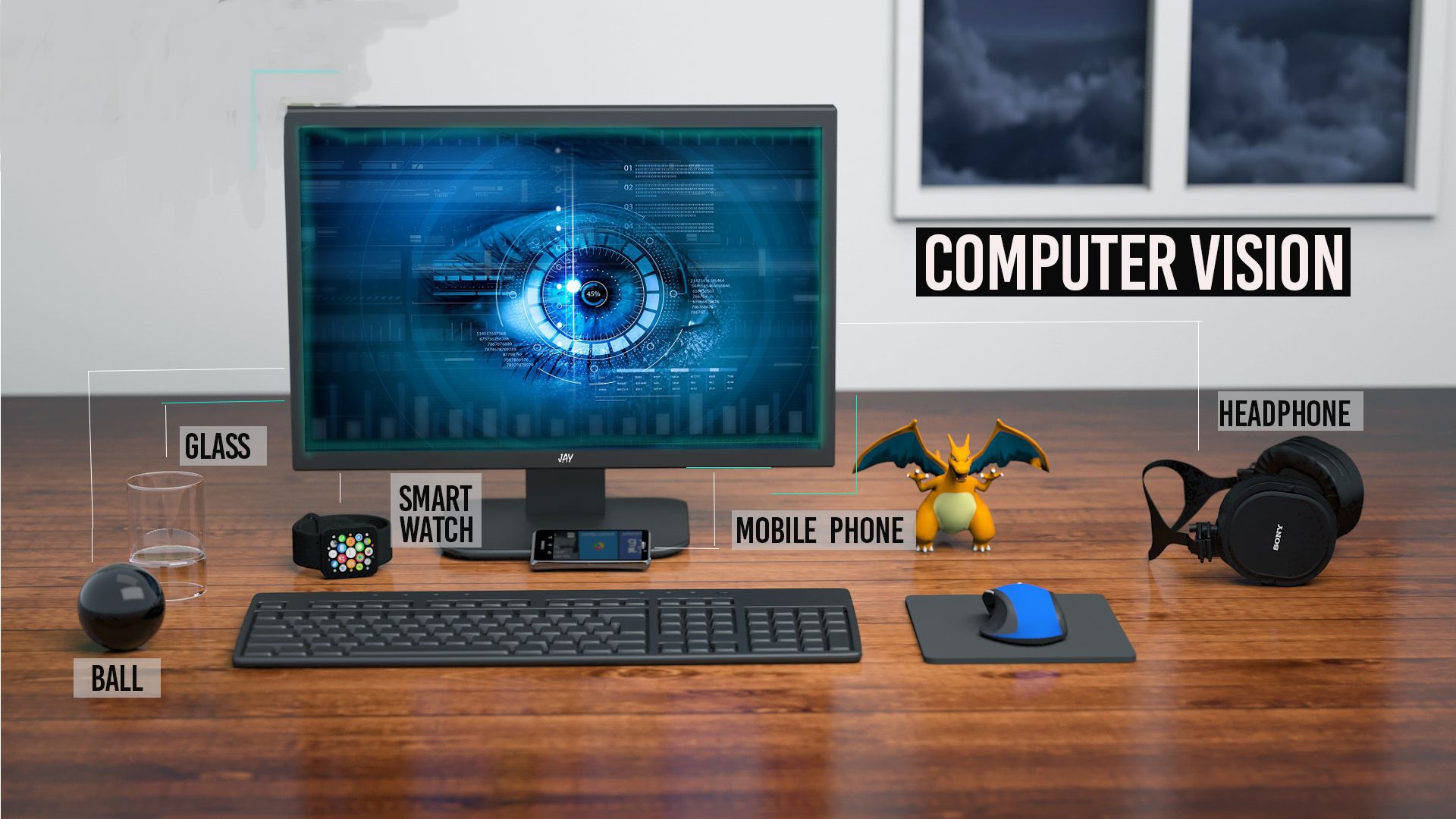
Mobile vision technology
Moving to mobile devices is no longer wealth for organizations; this is a requirement for any business looking to remain relevant in today's world. Technological advances are all around us, and they are changing the world faster than we can keep up with the times.
An interesting trend is that the exponential development of the introduction of smartphones and their modern capabilities are used to bring mobile applications based on Vision to the forefront in industries seeking an approach based on mobile devices. Applications using technologies such as text recognition, face recognition, augmented reality, barcode scanners, and others will transform how we communicate with the world around us.
Before moving on to the powerful APIs based on Mobile Vision technology, let's first understand how Computer Vision and Machine Learning will play a crucial role in the next stage of mobile device development.
Mobile devices, such as smartphones and tablets, are now equipped with high-resolution cameras, powerful processors, and smart sensors that help Spring Mobile Vision applications. Google's Tango project is a fully implemented example of exciting Mobile Vision technology. It displays the full three-dimensional structure of the area, pointing the tablet around the area! Such a powerful Mobile Vision APIs will help develop high profile applications that visualize visual data using real-time visualization technology.
Mobile Vision technology: understanding the visual world anytime, anywhere!
Many companies use Mobile Vision technologies that work on mobile devices, not on a PC, GPU or hard drive. This not only helps them to interpret the visual world on the go but also supports flexibility in the business model.
What is Android Mobile Vision API?
Ever wondered how to detect a face, a QR code or a Barcode on an Android Device? If yes; you might have heard of, or used the FaceDetector. Face API of the Android framework, or the OpenCV SDK, or maybe you had opted for a cloud-based solution like Cloud Vision API, which makes the requests to a web server, fetching the results for scans. But this new Android Mobile Vision API does not make any requests to a web server. Instead, it performs real-time image/video scanning on the device itself. Although this may sound a little ineffective, it's not. The Mobile Vision API is very efficient and deeply integrated into the Android system by the means of Google Play Services SDK. This gives this API an added advantage over all other solutions, as being a developer you do not need to integrate any third party SDK to perform media analysis. All you may need to do is integrate the Google Play Services properly and start building on it. Android Mobile Vision API as of now performs three types of image/stream detection as shown in next sections.
Face Recognition Using the Mobile Vision API: Face Recognition is an advanced API designed to detect human faces in images and videos for editing purposes. This intelligent API can even recognize faces with different orientations. Moreover, specific features can also be found on the facial parts, such as the eyes, nose, and mouth.
- Face Detection on Android
This is the most powerful API in all, as it has human Face Detection It is a perfectly suited API for any face filter or camera app, as it performs the analysis on the device itself once the package is downloaded. Interestingly it not only recognizes a face but can also extract the facial features of that face, including eyes nose and mouth etc. Since this API as of now does not support face recognition it cannot identify the similarity between two faces, but can still classify the features like, if the eyes are open or not. The functionalities that Mobile Vision Face Detection API supports are: - Landmark Detection: Face API understands the human face in terms of landmarks. When a face is scanned via this API, it identifies that face via landmarks. In simple terms face landmarks are: nose, mouth, left eye, and right eye etc. By using this API you can actually extract the position of all these landmarks.
- Classification: This API not only scans a face but can also apply some basic logic and identify certain characteristics on the scanned face. For ex. with this feature we can find out whether the face has its eyes open or not. Also, we can find out the probability of a smile on that face.
- Tracking: This is the most interesting feature of this API, you can actually track a face in a video sequence through this API. This feature of Mobile Vision API can be used to identify and track a face in a video. Once again this is not an application of face recognition, instead, it tracks the face through movement of that particular face in the video.
Barcode Detection with Mobile Vision API: This is another exciting Mobile Vision API that reads and decodes a spacious array of barcode types quickly and easily. A barcode class is one recognized barcode and its corresponding value.
- Barcode and QR Code scanning on Android
Using this Mobile Vision API for Barcodes is very simple, even with so many supported formats. All you need to do is write around 10 lines of code to parse a Barcode or QR Code. One of the most interesting things about this API is that it also parses the type of barcode/QR code it is scanning. All the information about the scanned barcode or QR Code type is found in the valueFormat field of Barcode Object beside the scanned barcode.
Text recognition with the Mobile Vision API: This API is useful for detecting text in images and video streams, and then recognizes text that is present in it in real time on the device.
There is no denying the fact that the power of Mobile Vision can be a springboard for your company for growth and transformation. So let's move on to terra incognita and look at the powerful search and description of visual objects on the go.


